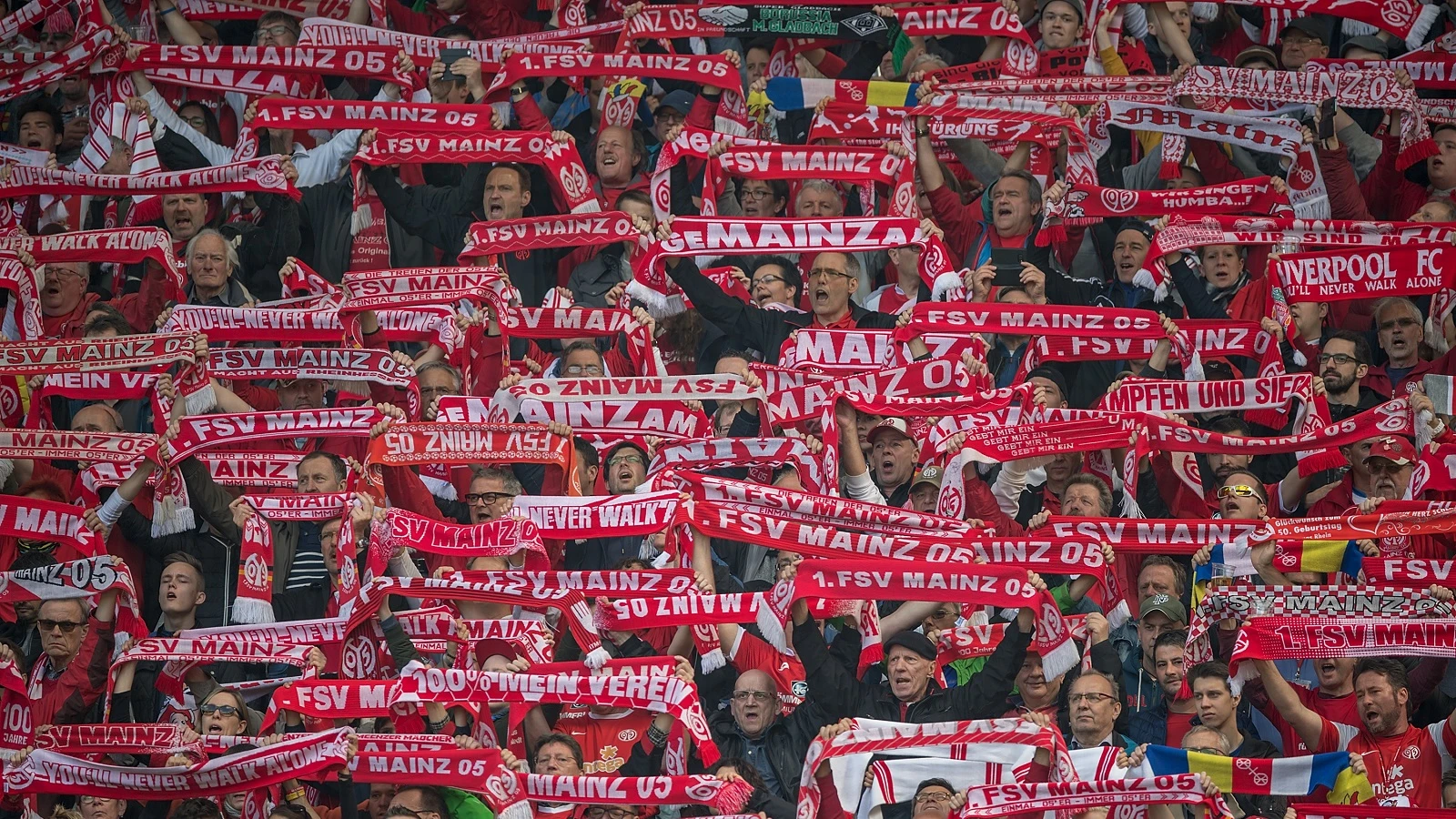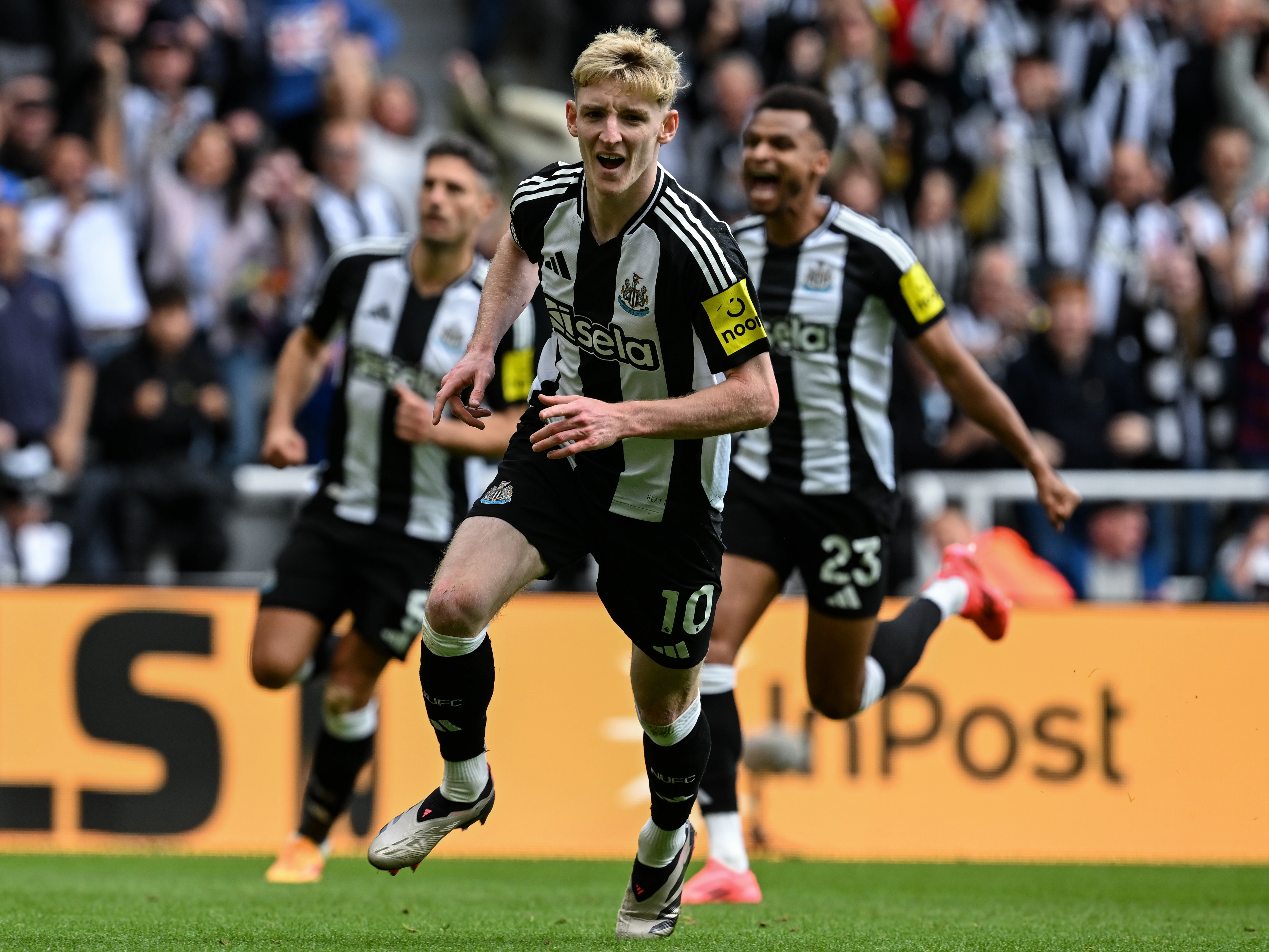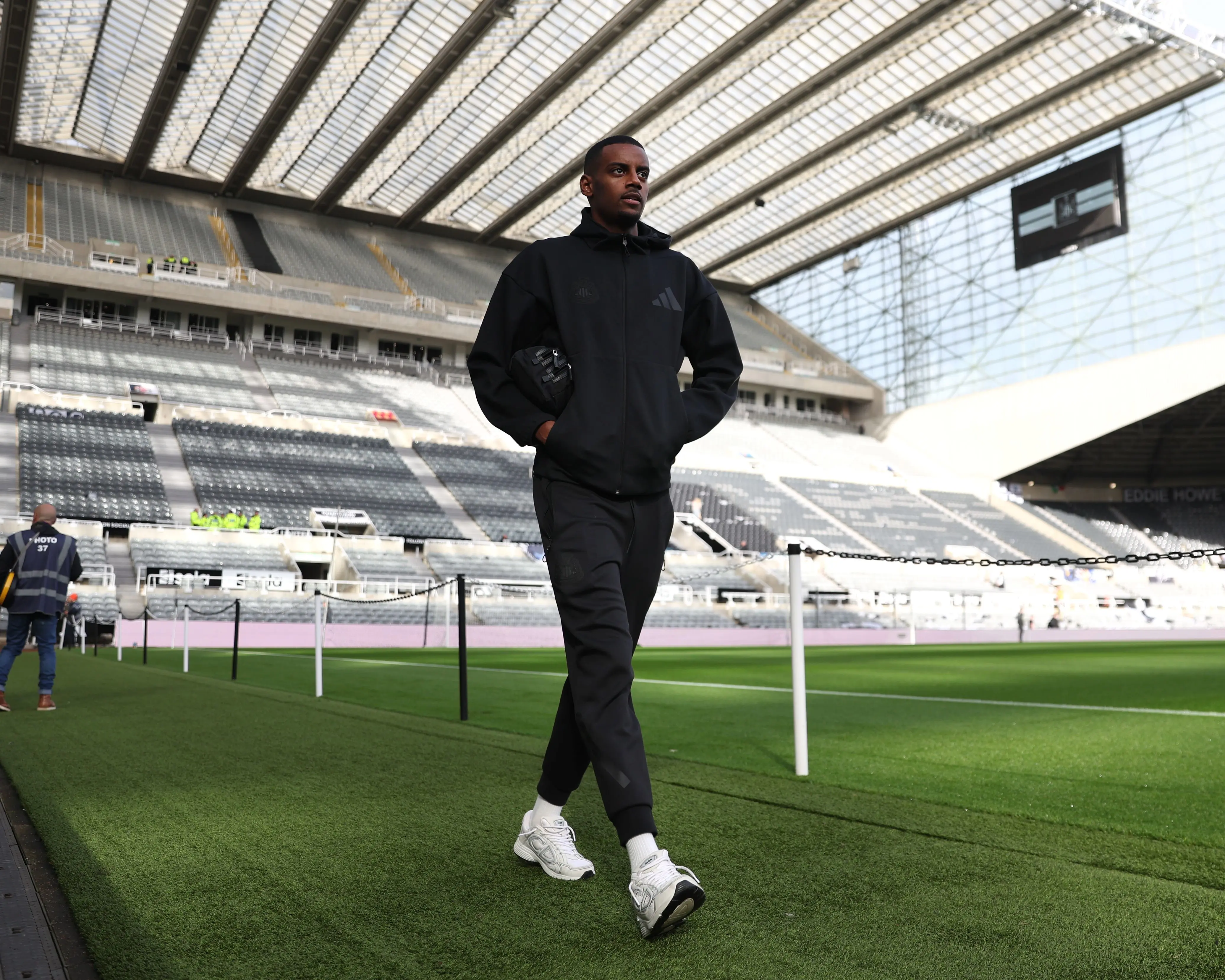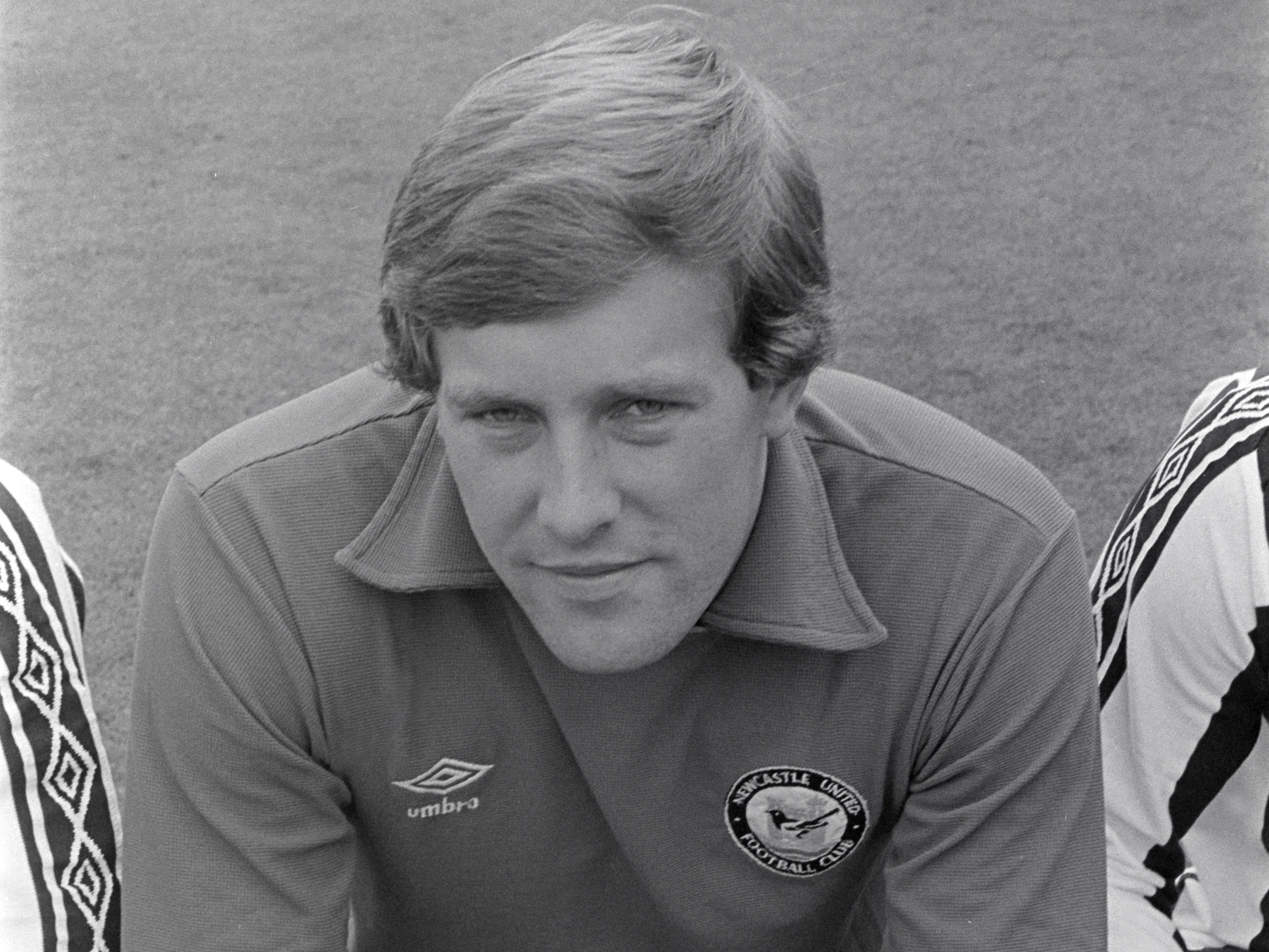To whet your appetite, check out our handy guide to the club, the city and the stadium.
THE CLUB
LAST SEASON: After a sixth-place finish the previous season – good enough to earn a spot in the Europa League – Mainz only narrowly avoided a relegation play-off last time out. Die Nullfünfer struggled for consistency in the Bundesliga throughout, only recording back-to-back victories on one occasion.
Their European adventure did not last long, either. They only lost once in the competition’s Group C, but missed out on a place in the knockout stage to Saint-Étienne and Anderlecht.
THE MANAGER: Following in the footsteps of the likes of Jürgen Klopp and Thomas Tuchel, 38-year-old Sandro Schwarz was confirmed as Mainz’s new boss last month. As a player, Schwarz racked up 100 appearances for the club between 1998 and 2004, and managed both Wehen Wiesbaden and FC Eschborn before returning to the Opel Arena two years ago, when he took charge of die Nullfünfer’s second-string.
THE PLAYERS: After Loris Karius’ departure to Liverpool last year, Danish stopper Jonas Lössl took over Mainz’s No. 1 jersey, though he did sit out the end of the campaign. Stefan Bell, Daniel Brosinski and Giulio Donati were all virtual ever-presents in the backline last season. Aside from skipper Niko Bungert, Bell – an imposing centre-half – is die Nullfünfer’s longest-serving player by a distance.
Anchoring Mainz’s midfield is Swiss international Fabian Frei, with promising youngster Levin Öztunali another regular last term. Öztunali – whose grandfather, Uwe Seeler, captained West Germany between 1962 and 1970 – chipped in with six goals, including one against his former club, Bayer Leverkusen.
Argentine Pablo De Blasis provides a creative spark, while Swedish winger Robin Quaison broke into the starting line-up after moving from Palermo in January. Up front, Jhon Córdoba and Yoshinori Muto netted five goals apiece last season.
THE CITY
THE LOWDOWN: Located at the confluence of two of Germany’s largest rivers – the Rhine and the Main – Mainz has long been significant as an inland port. The city’s skyline is dominated by the Mainzer Dom – a 1000-year-old Roman Catholic cathedral which, unlike a number of the buildings around it, withstood heavy Allied bombing during the Second World War.
Mainz’s picturesque Old Town is home to the Kirschgarten Square, half-timbered houses and a number of narrow lanes. Situated in the heart of Germany’s largest wine-growing area, the Rheinhessen, the city is also the country’s “Wine Capital”.
GETTING THERE: The city is a 25-minute train ride away from Frankfurt Airport, with a number of flights running from the UK daily. Take the S8 to Mainz Hauptbahnhof, with services operating regularly.
Alternatively, it is possible to fly directly from Newcastle to Düsseldorf, and then catch a train to Mainz from there. The latter journey – taking between two and three hours – would involve at least one change.
THE STADIUM
Mainz moved into the Opel Arena ahead of the 2011/12 campaign, leaving behind the Stadion am Bruchweg – their home of more than 80 years. The stadium is located on the western edge of the city, around two and a half miles from the Old Town.
A number of buses – including the 68 and 69 – run to the Opel Arena from the Hauptbahnhof. Get off at either Ackermannweg or Fachhochschule, depending on which of the two you are on. Alternatively, a special “shuttle bus” heads directly to the ground from the Hauptbahnhof.
There is little surrounding the Opel Arena itself, so it is advisable to stick to the city centre for eating and drinking.




